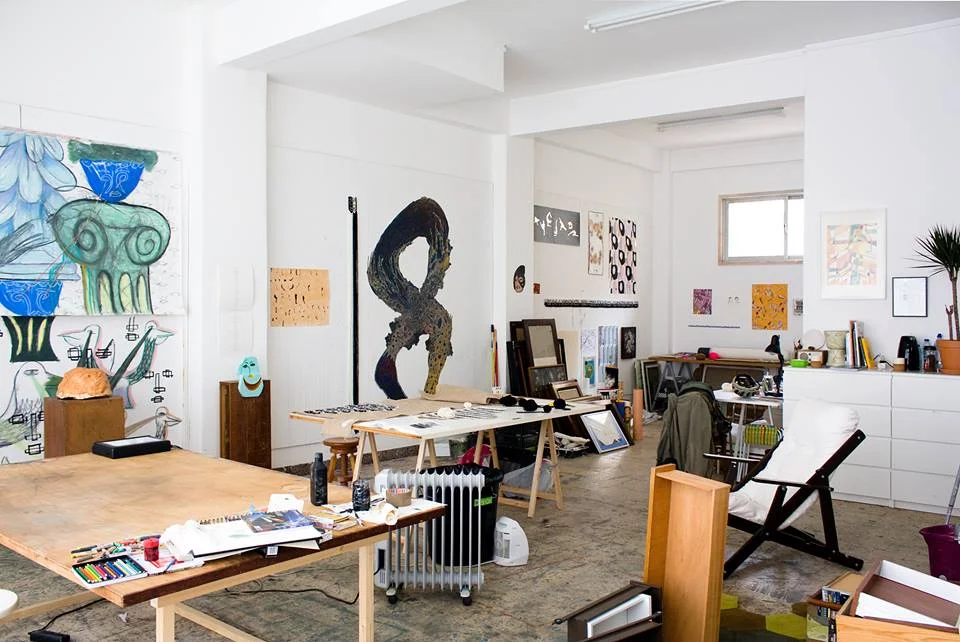In Conversation: Vera Vladimirsky
Part One of an ongoing series by Oh So Arty
About In Conversation
Through our private art tours Oh So Arty guides and clients have the privilege of engaging with some of the most talented emerging artists in the contemporary art scene today. They invite us and our clients into their studios where they share their ideas and artistic practices. With our latest editorial series we are putting our guides 'In Conversation' with these artists to expose their work to a broader audience.
The first edition of In Conversation features our Editorial Coordinator Sophie Weinstein and Tel Aviv based artist Vera Vladimirsky.
Sophie Weinstein: Hey Vera. It’s been such a privilege visiting your studio on multiple Oh So Arty tours in Tel Aviv and hearing about your experiences as an artist. You’ve had so many successes at such an early stage in your career. Can you tell us about one of your first major projects, The Last Apartment / Where Are You From Originally?
Vera Vladimirsky: I always present first The Last Apartment or Where Are You From Originally? Series as the beginning of where I’m coming from in regards to themes that are a big part of my research and my interest. It refers to a concept or a notion of home and what a home is. Home aesthetics act as a signifier of processes of social and and cultural economic structures.
SW: Home is definitely a major motif in your oeuvre. Why does this notion of home occupy so much space in your creative process?
VV: I look at this concept of a home and I look at these processes because it’s a part of my biography and the experience of immigration. I immigrated from the Ukraine when I was little. I always look at home aesthetics as signifiers of larger and deeper processes and I like to combine aesthetics from the Ukraine, the aesthetics I grew up amongst and the Israeli ones. Basically going back to all the apartments I ever lived in and challenging myself with questions about home aesthetics and the idea of a home as being a sense of belonging and a sense of identity and place and creating your own safe zone.
Vera discusses her series Where are you from originally? in her Tel Aviv studio. Photo by Pavlina Schultz.
SW: Your latest series of works, Paper Walls, manipulates the medium of photography to create unique installations in a variety of spaces. Can you explain your inspiration behind Paper Walls?
VV: Just after graduation I realized I really want to combine and refer to these home aesthetics that I grew up around in Ukraine where it’s very heavily decorated, ornamented in many many layers. A former Soviet home is just many layers of wallpaper and carpet on the wall and table clothes and curtains and cushions and sofas and everything is in some different flower pattern. I really wanted to channel this and combine it with common, local, generic Israeli aesthetics I can see just right in plants on the side of the road.
To really combine these two - I photograph local, common, generic plants and flowers, then I create wallpapers that are repetitive, endlessly continuous, high resolution, seamless patterns that I print on very high quality wallpaper that is suitable for this kind of imagery. Then I create spaces with those patterns and I aspire really to create interesting, challenging and beautiful spaces that really raise questions about the feeling of an individual within space.
“ My whole surrounding is very vibrant and is very inspirational and I’m very grateful for all the people I’m surrounded by and the discourse I am a part of. ”
SW: Why have you chosen to work with photography as a medium?
VV: I grew up within this medium, as my grandfathers of both sides are professional photographers, and so is my aunt. This medium was a huge part of me becoming a creative person, and for me, choosing this medium was a natural step. I got my first camera from my parents at the age of 14, and I plan to create my next body of work using it. I’m really keen on the role of photography in its ability to represent reality. I like to challenge, in a way, the medium of photography and use it to deconstruct and reconstruct a space and reality as a whole, using techniques of collage and assemblage, and trying to find meeting points between representation by photography and other media of visual art.
Paper Walls at Fresh Paint Ten 2018. Panels are 240x95 cm
SW: Paper Walls have been installed in many stimulating venues. Most recently it is being shown at the high end Tel Aviv boutique, Verner. What was it like intervening in this space that is so different than a traditional gallery or museum display?
VV: I’m really excited about having a larger and broader dialogue and discourse with many kinds of meeting, practices, and discourses. Verner provides this opportunity for me as an artist. It was so wonderful to collaborate with Sarah Peguine and Oh So Arty to curate this unique exhibition.
The Paper Walls series was also shown in the 2017 Jerusalem Biennial and in the Bat Yam Museum. I like that it has been exhibited in both traditional places like museums and non-traditional places like Verner.
Models wearing clothing from Verner in front of Vera's installations. Styled by Shenkar students. Photos by Aviv Avramov.
SW: You showed your work in the recent 10th edition of Fresh Paint Contemporary Art & Design Fair in Tel Aviv. What can you tell us about the work you showed at this years fair? How is it a departure or extension of your previous body of work?
VV: The first time I ever exhibited this work [Paper Walls] was in Fresh Paint Seven - they gave me the first shot with this series. Since then I’ve created and exhibited different and new patterns and I’m really happy for the opportunity to show these new works in Fresh Paint Ten. One major difference in this new work is that I show them on panels that are also on a frame base that elevate them from the wall and this way it is modular.
SW: You’re in the process of receiving an MFA from Bezalel, a prestigious program in Israel. What do you appreciate about the Tel Avivian art scene you are working in?
VV: In regards to the process in the MFA I can really say very genuinely that I’m thrilled about my artistic process through this program. I’m happy to live where I live because it’s a very vibrant area of galleries and also street art and the Bezalel MFA is there and many of my friends who are also artists. My whole surrounding is very vibrant and is very inspirational and I’m very grateful for all the people I’m surrounded by and the discourse I am a part of.
Vera's Top 5
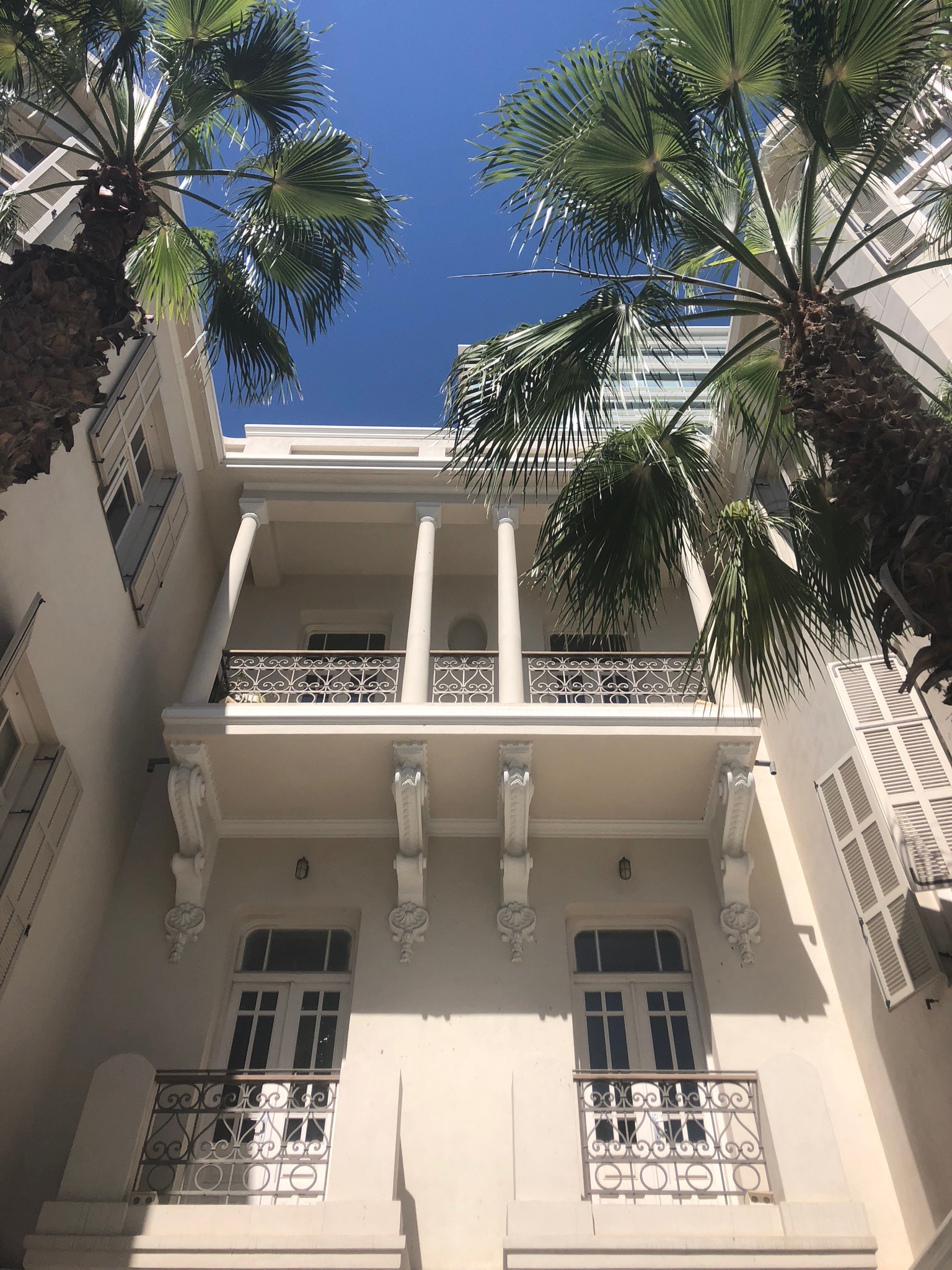
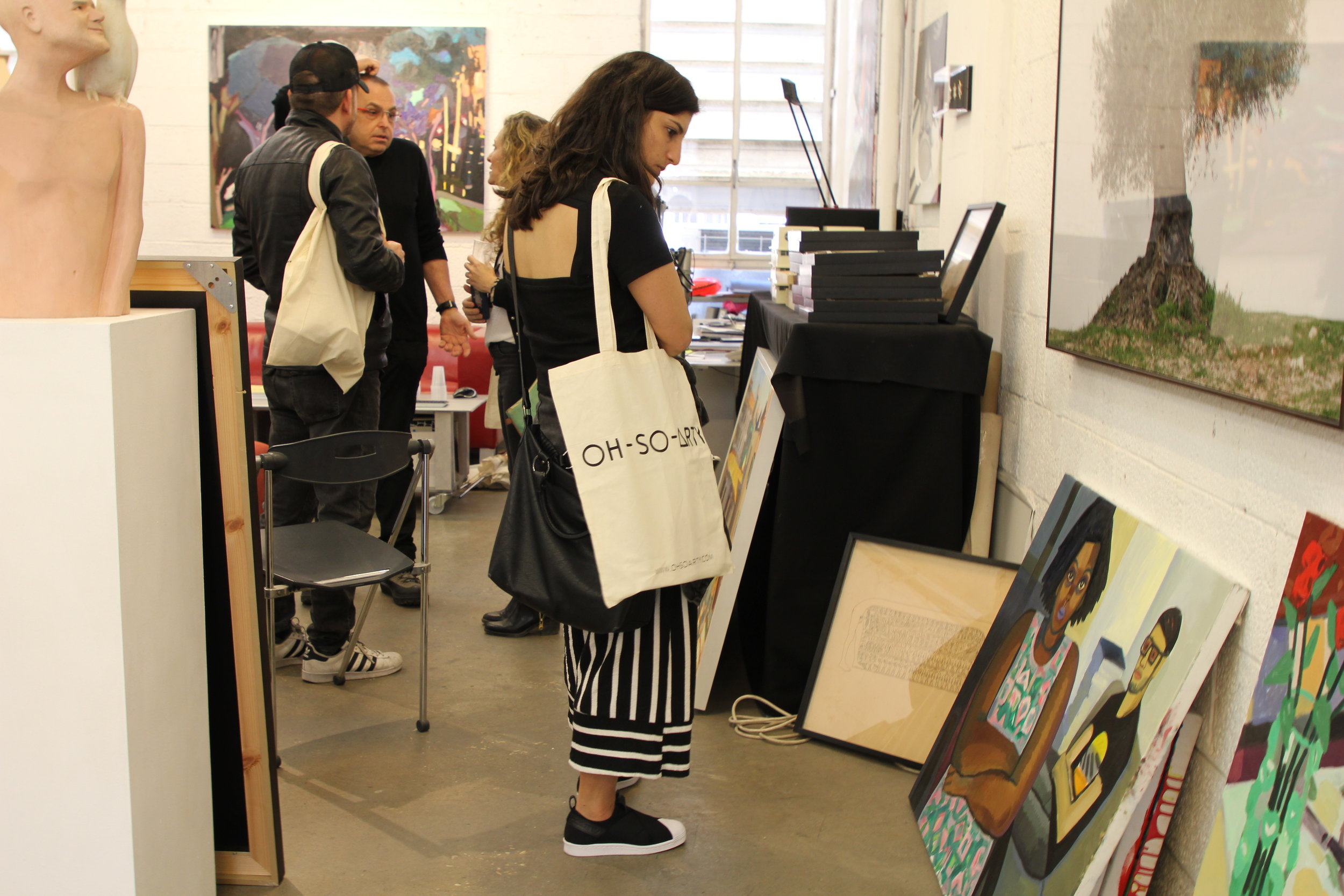
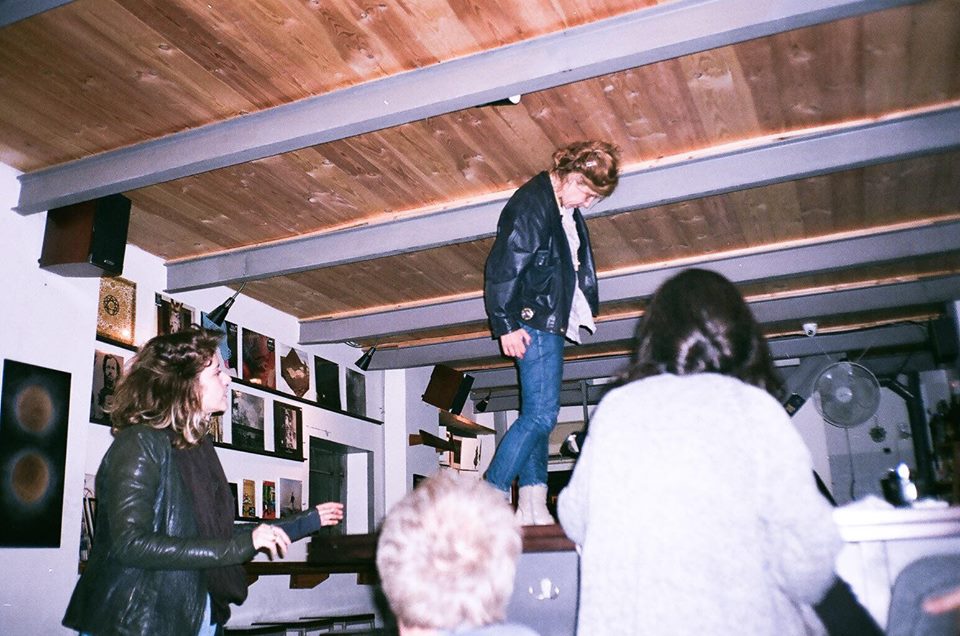
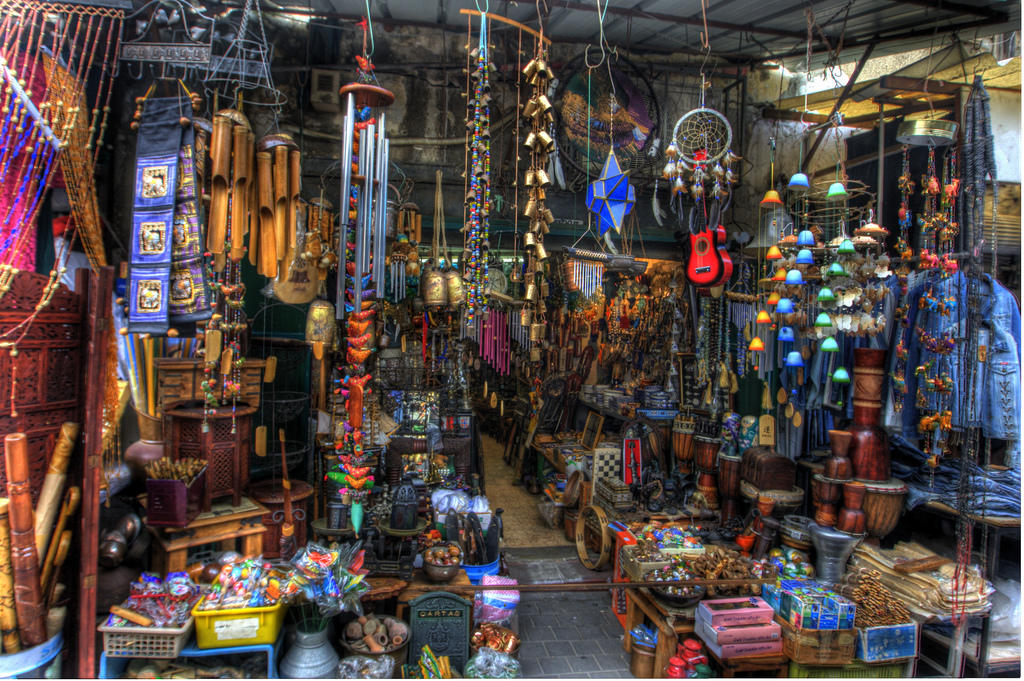
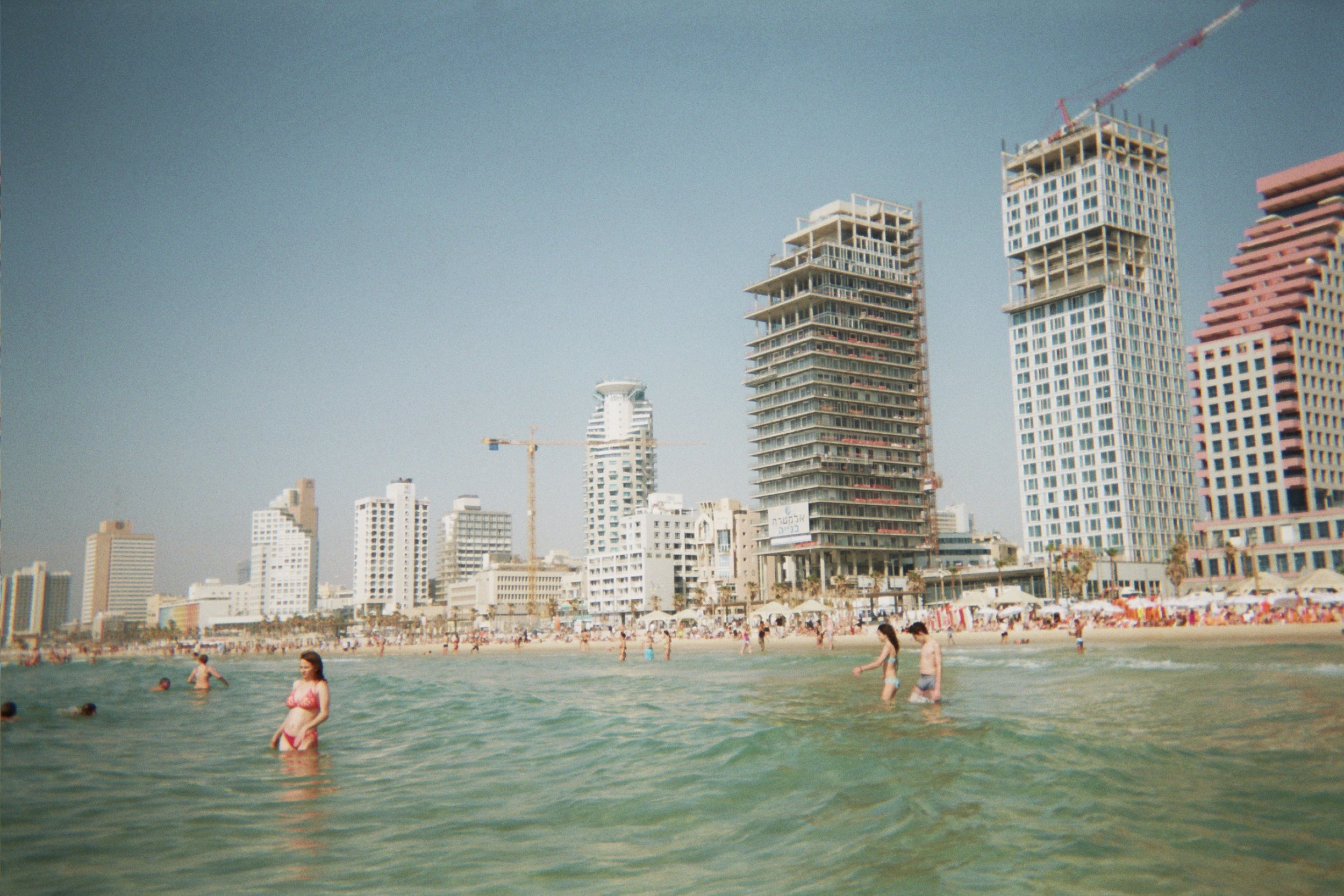
If you're interested in meeting Vera or other Tel Aviv artists consider booking a Tel Aviv art tour with Oh So Arty.
















